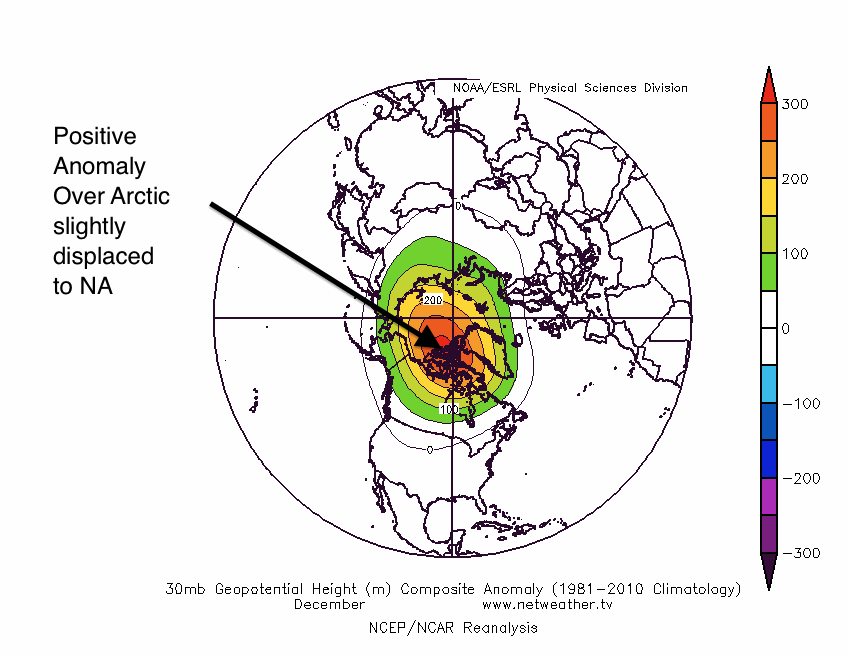Amir Mohsen
متخصص بخش هواشناسی
جدیدترین آپدیت آنومالی و تجمعی بارش cfsv2 برای 5 روز آینده


و در انتهای خروجی 4 مدل اسمبل cfsv2 از ارتفاع تجمعی برف روی زمین تا 5 روز آینده



و در انتهای خروجی 4 مدل اسمبل cfsv2 از ارتفاع تجمعی برف روی زمین تا 5 روز آینده

































































